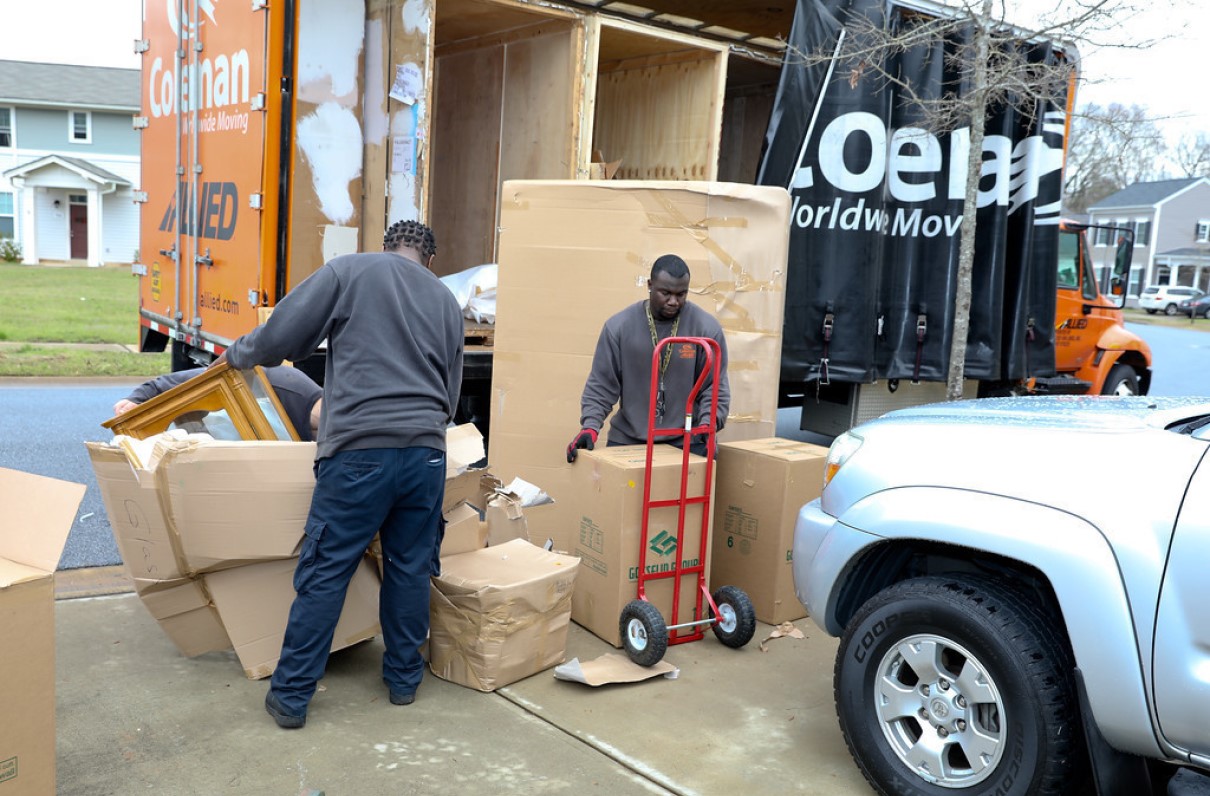Housing prices continue to rise in both real estate and rental markets nationwide, and shortages of available housing persist. Military families are facing a housing supply and affordability crisis, but MOAA-backed legislation in the House may help blunt some of these financial pressures.
[CONTACT YOUR HOUSE MEMBER: Support the BAH Restoration Act | Support the BAH Calculation Improvement Act]
Why are these bills necessary? Some examples from across the country:
- “Basic Allowance for Housing (BAH) is not proportionate with the current housing market,” said one military spouse living in Colorado Springs, Colo. The low rate “made it extremely difficult to find safe and affordable housing in a very competitive environment.”
- A military teen elaborates on the stresses and struggles her family faced with finding housing in South Florida writing in a blog post, “With these crazy circumstances, I am worried not only for my family but also for my SOUTHCOM military community. I am worried about military families opting to live in trailers as hurricane season begins to reach its peak.”
- At Joint Base Lewis-McChord (JBLM), the South Sound Military Community Partnership estimates 113,000 new housing units must be constructed by 2040 to keep pace with the local population growth.
After repeatedly hearing from soldiers, sailors, and military families stationed at JBLM, Rep. Marilyn Strickland (D-Wash.) is focused on addressing the housing crisis head on. In April, Strickland introduced two bills designed to alleviate housing issues for military families: the BAH Restoration Act (H.R. 7561) and the BAH Calculation Improvement Act (H.R. 7562).
[RELATED: Military Teen Survey: Despite Clear Struggles, Many Plan to Serve]
Restoring a Benefit
The BAH Restoration Act calls on DoD to restore BAH to full coverage of the monthly cost of adequate housing in a given area based on the servicemember’s rank and dependency status. This benefit was in place until 2015, when DoD began reducing BAH by one percentage point a year down to 95% in 2019.
Military families were left to cover the balance of their housing costs. In theory, families are responsible for anywhere from $84 to $148 out of pocket each month, yet over 75% of Blue Star Families’ Military Family Lifestyle Survey respondents say they are paying $200 or more.
In fiscal years 2018, 2019, and 2020, Congress required DoD to make payments to privatized housing projects to offset BAH reductions. Two-thirds of families live off-installation, either by choice or because on-base housing isn’t available. For the latter families, the BAH reduction and investment in on-base privatized housing is unfair.
[TAKE ACTION: Urge Your House Member to Support the BAH Restoration Act]
How Are BAH Rates Calculated?
DoD employs a contractor to collect data on rental housing and utilities annually for 300 military housing areas (MHA) during peak PCS season in the spring and summer. Data collection includes rental rates for apartments, townhouses/duplexes, and single-family rental units of varying bedroom sizes; it’s grouped into six standard housing profiles used as anchor points.
Information is collected from online multiple listing services, subscription-based commercial rental housing datasets, real estate property management companies, and landlords. Contractors use this information to conduct screening and validation processes to establish availability and location of units, verify current rental rates, identify utility inclusions, and determine if discounts are available when signing a year’s lease. The goal is to gather enough data to attain a 95% statistical confidence that the estimated median rent is within 10% of the true median rent within the local market.
The 2022 BAH rates increased an average of 5.1%, boosting rates for 258 of the 300 MHAs but decreasing rates in the remaining 42.
But the calculation method isn’t keeping pace with market trends. For example, BAH for an E-4 with dependents in San Diego is $2,676, but the average rent for a two-bedroom apartment, as of publication, is $3,095, according to Zumper, a housing market website.
The BAH Calculation Improvement Act will require DoD to report to Congress on:
- The efficiency and accuracy of the current system used to calculate BAH.
- The appropriateness of using mean and median housing costs in the calculation of existing MHAs.
- The suitability of the six standard housing profiles in relation to the average family sizes of servicemembers, disaggregated by uniformed service, rank, and MHAs.
[TAKE ACTION: Urge Your House Member to Support the BAH Calculation Improvement Act]
It will also require recommendations on:
- The feasibility of including information regarding school districts in calculating BAH.
- Whether to calculate BAH more frequently, including in response to a sudden change in the housing market.
- Whether to enter into an agreement with a commercial entity to compile data and develop an algorithm to calculate BAH.
- Whether to publish BAH calculation methods on a publicly available website.
The pandemic-related housing crisis has demonstrated the inability of the current system to flex to rapid market fluctuations. From Oct. 1 to Dec. 31, 2021, DoD authorized a temporary BAH increase for 56 MHAs to address financial burdens, especially for those making PCS moves, caused by housing shortages and skyrocketing rental costs. However, as of Dec. 14, of the estimated 200,000 servicemembers who were eligible for this increase, just 4,167 claims were approved.
This summer, nearly a million servicemembers and family members will PCS. With no end in sight for the housing crisis, it’s time to act.
More Members Mean More Influence Over Retirement Pay, Health Care, and Family Programs
Get involved and make sure your interests are addressed. Because the larger our voice is, the greater our impact will be.

